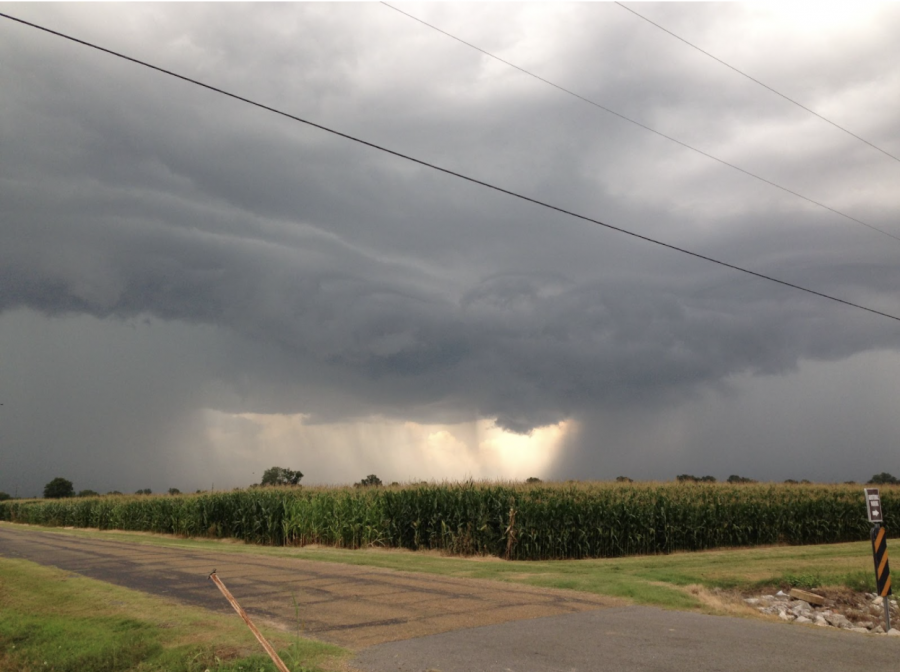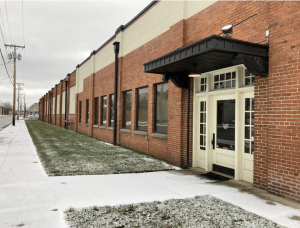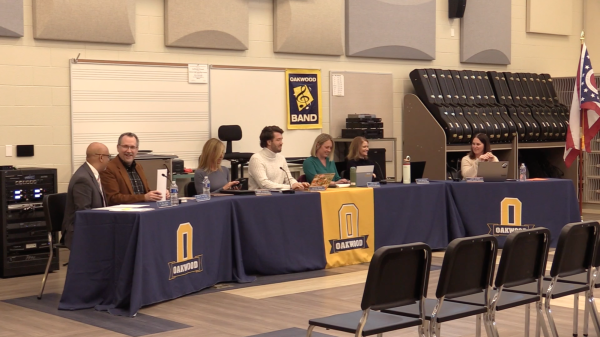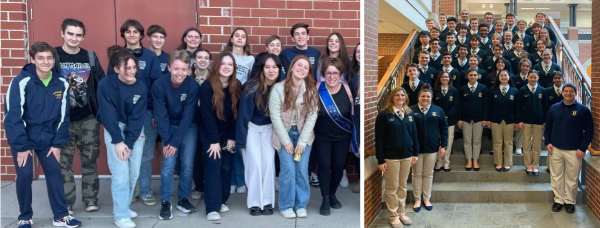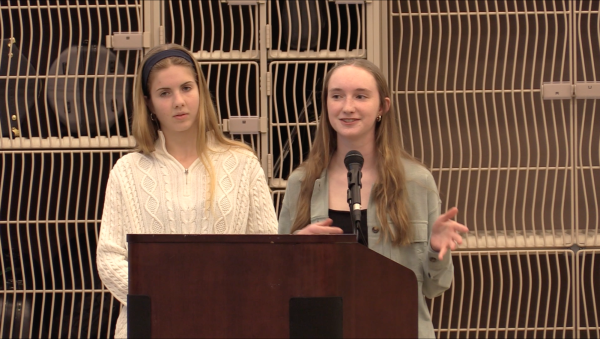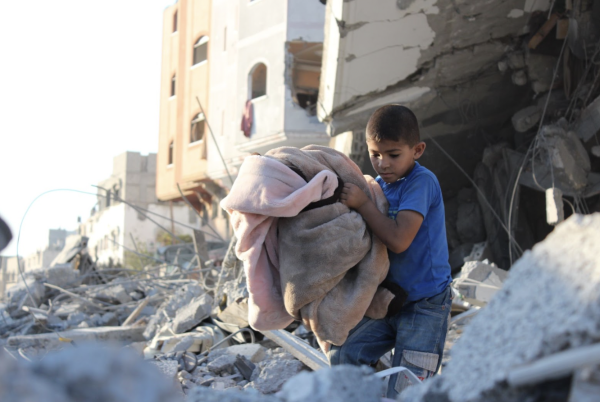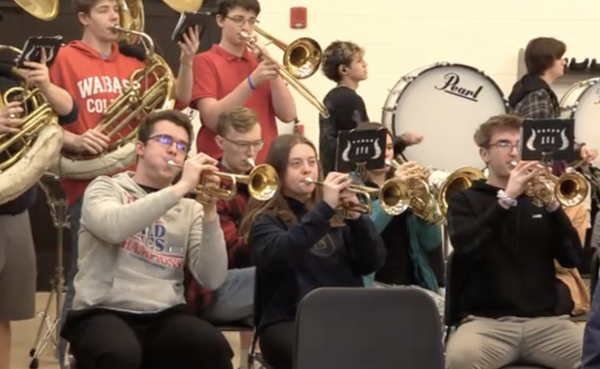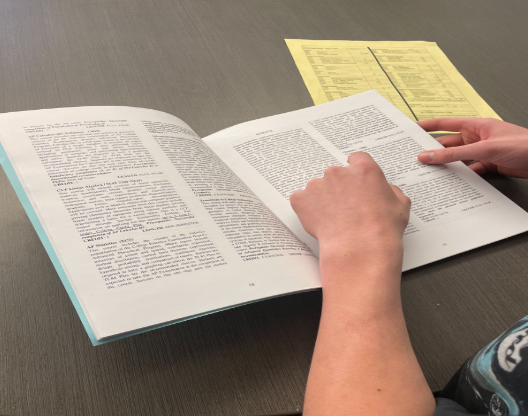Cyclone troubles
Severe weather phenomenons strike both the coasts, causing flooding
Running Rain: Converging clouds and rainstorms spread throughout the coasts. Photo contributed by: NOAA Photo Library
December 27, 2021
This varying weather has not just hit the coast, but similar weather patterns and a warm weather front from Canada has led to a tornado outbreak in nearby states. The majority of these tornadoes make landfall west of the Mississippi a newer trend in the past years. However, one more big set of events followed this on with the northeaster pounding the seaboard according to a NWS webinar.
In late October, the East and West Coasts have experienced unprecedented amounts of rain. This weather overwhelmed the drainage systems in those regions, causing flooding at levels that have not been seen in years. The heavy rains have come at a bad time for the East coast, flooding areas of New York and New Jersey as the weather has turned colder. While in California, it has become an interesting contrast to the droughts and fires dotting the region since the onset of the summer. The storms even put out several fires that were still burning.
This series of events can be attached to a pair of bomb cyclones which formed at similar times on both coasts along with what was known as an atmospheric river on the west coast. All of these systems tie into a pattern caused by climate change. The atmospheric river was caused by the dip of the pacific jet stream causing the storm system to spin off, which usually happens in the winter. However, it has dipped even deeper south in the past few years, causing severe winter storms in regions not accustomed to it. This is a result of climate change, which has caused severe instability in the jet streams lately which have major effects on the change in weather patterns.
The heavy winds and rain caused by it also pushed rain west blanketing the Ohio Valley. While the flooding was not as intense as that in California and cities farther from the coast, flooding did occur at high tide in certain areas of New Jersey and New York.
This series of events doesn’t just damage homes and delay our work. They can have way more drastic effects.
“Contamination of flood waters can pollute waterways impacting food and drinking resources,” Brittney Juhas, science teacher, said.
These events can also cause severe damage to an ecosystem.
“Flooding can result in the displacement of wildlife in an area, which in turn could lower the biodiversity in that area,” Juhas said.
Weather like this is a concern across the country. It causes damage to crops, interrupts a transport industrie still recovering from a pandemic, and does severe damage to our aging power grid. This weather is also something to watch out for as the winter sets in, possibly leading to a lot more snow here and in other parts of the country that have little ability to cope with just a few inches. If you would like more information you can visit the National Weather Service.


